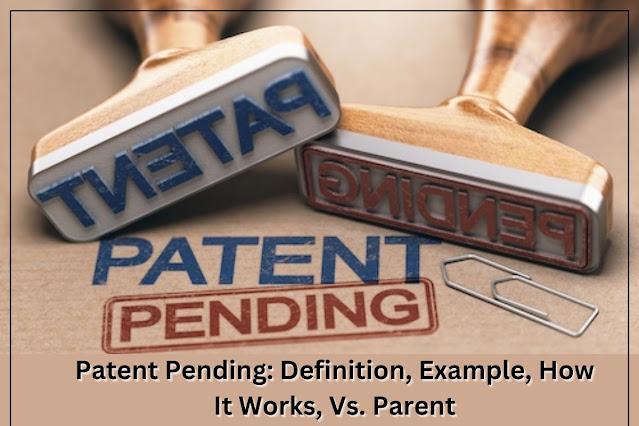Can You Patent an Idea: Everything You Need to Know
Think about the
possibility of coming up with an innovative application idea. Then you start
building the application. Now that your idea is a reality, it works! While this
invention is exciting, there is a fear that it may be copied. Patents can be
filed for inventions to protect them from copying and get ownership rights.
Listed below is a step-by-step guide to filing a patent. There are some patent companies that help you with
this.
What Is a Patent?
Intellectual property
is protected by patents. Patent
service rights are granted for 20 years by the
government. Patents are not granted to all ideas, however. A provisional patent
application can be filed if the idea is capable of becoming an idea
for invention.
An invention or
creation can only be used by its owner with the permission of the government
granted through a patent. In essence, it encourages the safeguarding of one's
ideas and inventions.
Requirements to Obtain a Patent
It is essential to
know the criteria to obtain a patent idea before you start the patent
registration process. The work should be unique as well as involve a new
process. Criteria for eligibility include:
Novelty
For patent rights to
be obtained and the patent registration process to be completed seamlessly, the
invention must be unique. Compared to the existing works, the work should be
unique.
Non-obviousness
There should be
something unique about the idea. One shouldn't be able to predict it easily. An
inventive step is required to complete a patent application according to the
Patent Act 1970.
Industrial
applications
A practical
application must be found for inventing
an idea. They must be useful and clear. Its
applications and purposes must also be industrial.
Registration of patents in India
Gather ideas and concepts
Give a detailed
description of the idea and invention
show. Prepare a list of information about your
ideas, including:
- Invention area/industry
- The convention's purpose and
workings, along with its description
- A description of the
invention's advantages and disadvantages, and its potential industrial
applications
- For more information: https://ipindia.gov.in/form-and-fees.htm
The work details would
be available to you if you worked towards this before the research and
development phase. Patent registration relies heavily on this step.
Make visual
illustrations
Patent applications
should include drawings and designs of a working model. A clearer picture of
the invention is provided by this.
Make sure the invention
qualifies for patentability.
It is not possible to
patent every invention. Inventions cannot be patented under several categories
under the Indian Patent Act.
Patentability criteria
Verify whether the invention
prototype meets all the
criteria for a patent mentioned above. A few of them are:
- Novelty
- Non-obviousness
- Industrial applications
The patent search
process requires research and formulation of a patentability report. A decision
can then be made as to whether to proceed with patent registration. Patent
applications are made easier and more efficient with the aid of the appropriate
patentability report.
Applying for a patent
A provisional
application or a complete specification can be filed during the patent
application process. If your invention is a work in progress that can be
completed within 12 months, you can file a provisional application. If your invention
idea is complete, you can apply for a complete
Patent.
Application
publication
A patent application
is finally published 18 months after it has been filed. By making special
requests, it is possible to publish the application earlier.
Examination request
The patent application
is approved once it has been received by the controller.
Obtaining a patent
requires this step to be completed at the end. Examiners carefully review
applications based on several criteria.
Clearing all objections
and responding to them
A patentability report
and examination will determine whether or not objections will be raised. As a
result, the patent process can be completed and the inventor's invention can be
clarified.
Patent grant
Last but not least,
the patent must be granted. A patent is granted once all patent requirements
have been met. Patent journals publish the patent grant afterward.
.jpg)

.jpg)

Comments
Post a Comment